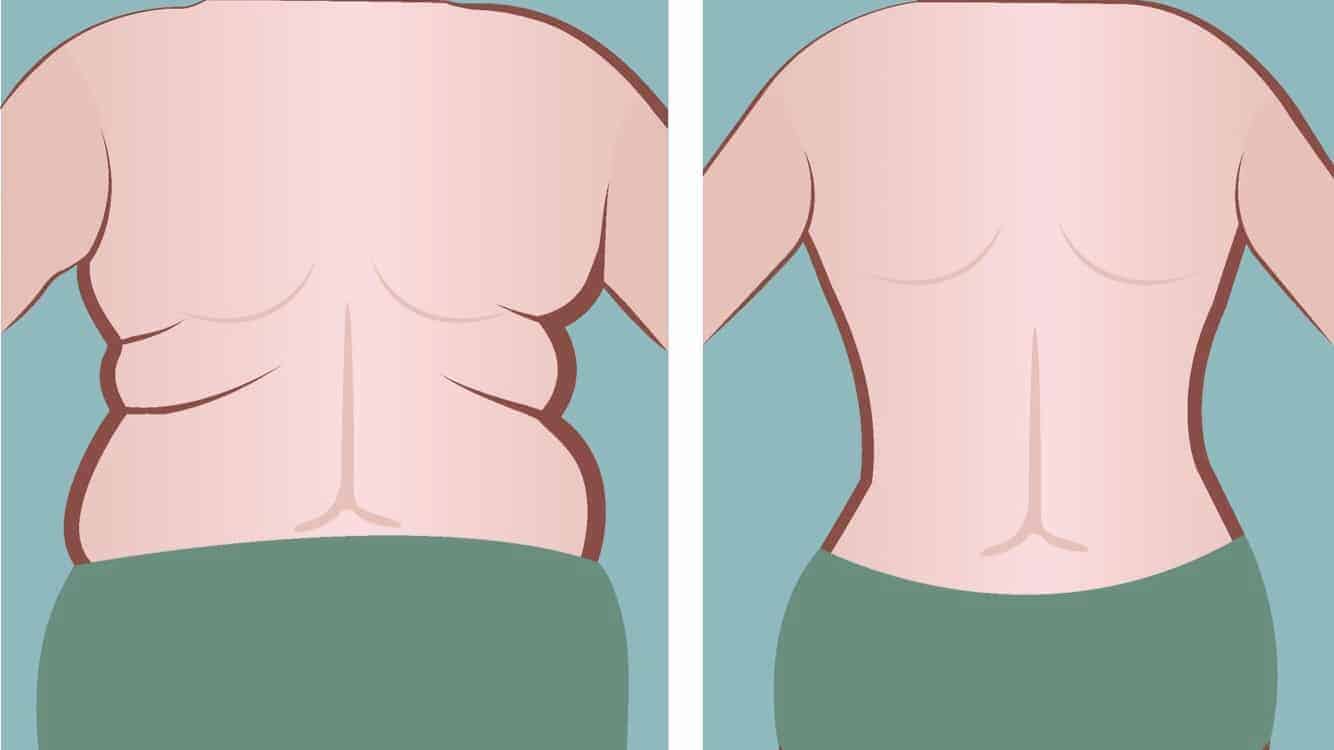Canadian researchers have found that pandemic lockdowns have resulted in cleaner air in major cities. Throughout the virus outbreak, billions of people worldwide have had to adjust to a new way of life. Many of them have started working from home to prevent the further spread of the virus. Therefore, carbon emissions and mobility have dropped dramatically.
Since people have been at home more, there have been noticeable improvements in air quality. Fewer vehicles on the roads mean less pollution being emitted, and therefore, cleaner air. The study published by Concordia researchers appeared in the journal Science of the Total Environment. The Natural Sciences and Engineering Research Council of Canada (NSERC) provided funding for the research.
Researchers analyzed data from downtown air quality monitoring stations in eight major Canadian cities. These included Vancouver, Edmonton, Saskatoon, Winnipeg, Toronto, Montreal, Halifax, and St. John’s. They looked at the cities’ concentration levels of nitrogen dioxide, carbon monoxide, and sulfur dioxide. The team compared levels measured between February and August 2020 with data recorded over the same period in 2018 and 2019.
They also used satellite imagery and urban transportation fuel consumption data to analyze emissions traffic congestion figures. This data came from tracking technology in cars and phones. After looking at all this data, the research team found that emissions levels decreased significantly during lockdowns.
When did this improvement in air quality begin?
 The scientists noted that the most dramatic drop-offs occurred during the week beginning Sunday, March 15, 2020. Of course, this coincided with the start of the national lockdowns.
The scientists noted that the most dramatic drop-offs occurred during the week beginning Sunday, March 15, 2020. Of course, this coincided with the start of the national lockdowns.
“We saw traffic congestion levels decrease by 69 percent in Toronto and by 75 percent in Montreal, compared to the same week in 2019,” says the paper’s lead author, Xuelin Tian, a second-year MSc student at the Gina Cody School of Engineering and Computer Science. Fellow student Zhikun Chen and her supervisor Chunjiang An, assistant professor in the Department of Building, Civil and Environmental Engineering, co-authored the study. Zhiqiang Tian of Xi’an Jiaotong University in China also collaborated.
Fewer cars on the roads mean cleaner air, especially in urban areas.
The research shows that motor gasoline consumption dropped by almost 50% throughout the pandemic, especially at the beginning. Carbon dioxide emissions fell by about the same amount during this period as well. According to the data, motor gasoline consumption accounted for 8,253.52 million kilograms of carbon dioxide emissions in April 2019. In April 2020, this number fell to 4,593.01 – nearly a 50% decrease.
The authors also noted huge drops in nitrogen dioxide concentration levels in four major Canadian cities. In Montreal, Toronto, Vancouver, and Edmonton, these figures have decreased since the start of the pandemic. Carbon monoxide concentration levels, impacted greatly by the transportation and mobile equipment sectors, also dropped. In Edmonton, carbon monoxide concentration levels declined by around 50%. Researchers noted a decrease from 0.14 parts per million in March 2018 to 0.07 in March 2020.
While emissions began increasing during the summer, researchers haven’t yet analyzed data from the second lockdown in the fall/winter of 2020. Using the data collected from this period, governments can better understand how to keep Canadian city streets free of pollution. For instance, replacing gas cars with electric ones could keep emissions down and promote cleaner air.
“This pandemic provided an opportunity for scenario analysis, although it wasn’t done on purpose,” says An, Concordia University Research Chair in Spill Response and Remediation.
“Governments everywhere are trying to reduce their use of carbon-based fuels. Now we have some data that shows what happens when we reduce the number of gasoline-powered vehicles and the effect that has on emissions.”
Other signs of cleaner air due to lockdowns
According to CNN, satellite images taken during the first few weeks of lockdowns in March 2020 showed improved air quality. Compared with images from March 2019, those taken at the same time in 2020 showed less nitrogen dioxide. Nitrogen dioxide in the air comes mostly from burning fuels and emissions from vehicles, power plants, and off-road equipment. This information comes from the US Environmental Protection Agency.
In populous cities such as Los Angeles, San Francisco, and Seattle, the contrast between March 2019 and 2020 is striking. California had strict stay-at-home orders last March, so people could only leave their homes for essential activities. Western Washington also showed dramatic decreases in emissions due to impacts from the virus. The US and Canada closed their borders to unnecessary travel, so most activities came to a virtual standstill.
Italy and China also saw cleaner air throughout the pandemic, especially during strict lockdowns. Last March, China started to get back to normal after recording no new cases of the virus. During the lockdown, however, air quality improved dramatically because of less traffic on the roads. At the start of the outbreak, China put its citizens in quarantine and closed factories to prevent further infections.
The Copernicus Atmosphere Monitoring Service (CAMS) observed a huge decline in surface particulate matter in China. From December 2019 to March 2020, satellite images and computer models revealed a 20-30% decrease over most of China.
According to Marshall Burke, an assistant professor at Stanford, the cleaner air may have saved between 50,000 and 75,000 from premature death.
 Final thoughts: lockdowns from the pandemic improved air quality in big cities
Final thoughts: lockdowns from the pandemic improved air quality in big cities
All around the world, satellite images and air quality monitoring stations have shown the positive impact of lockdowns. While many people have grown weary of staying in, this gave the Earth a chance to “detox” in a way. Because most of us have cut our travel dramatically, this, in turn, led to much less pollution. The Canadian study proved that emission levels have decreased by as much as 50% in major cities.
At the start of the lockdowns, satellite images showed much cleaner air in populous areas like California and China. Perhaps moving forward, we can apply what we’ve learned from lockdowns to our daily lives. Electric cars, fewer fossil fuels, and other renewable energies can ensure cleaner air for everyone.

















